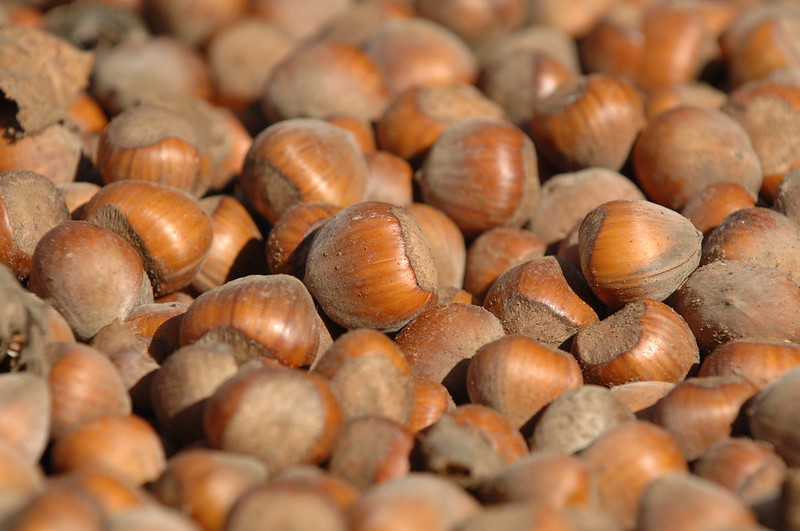There’s a new way to make wood-like panels and furniture from the leftover shells of hazelnuts.
This is a project from Vikram Yadama, a scientist at Washington State University.
His work focuses on finding ways to use natural materials, often byproducts of farming, and putting them to practical, sustainable uses.
Hazelnut shells are strong and have a wood-like color, so they’re a good candidate for this kind of project.
Yadama and his team press the husks into molds and then infuse them with resin.
Then they can be turned into panels that could stand in for wooden ones in kitchen cabinets, chairs, tables, a whole range of uses.
Hazelnut husks capture carbon, so saving them from a landfill, where that carbon would be released over time, is eco-friendly.
Yadama wants to make the project even greener by either minimizing the amount of resin in the panels, or using a more sustainable resin in place of the current one.
Eventually he wants to make panels that are biodegradable, cost-effective and sturdy.
And, technically, very nutty.
Today in 1997, France joined other countries in moving from Morse Code to the more high-tech Global Maritime Distress and Safety System to send distress calls.
But not before they sent one last message in dots and dashes. It read: “CALLING all. This is our last cry before our eternal silence.”
Hazelnut shells get new life as strong, sustainable panels (Washington State University)
… — … .-. .. .–. (SOS, RIP) (The Economist via Archive.org)
Here’s our message: our Patreon backers are really great
Photo by Lynn Ketchum, Oregon State University via Flickr/Creative Commons

